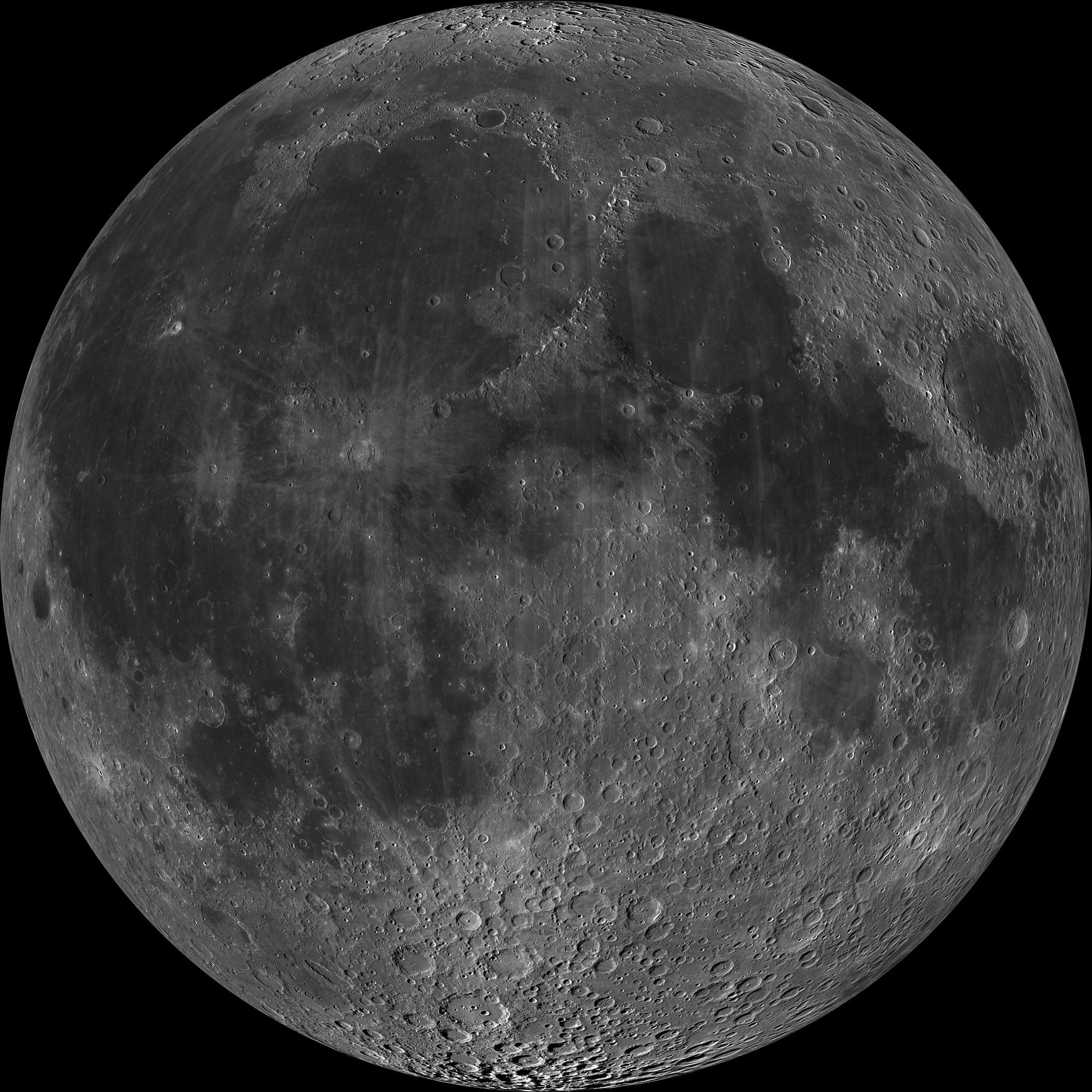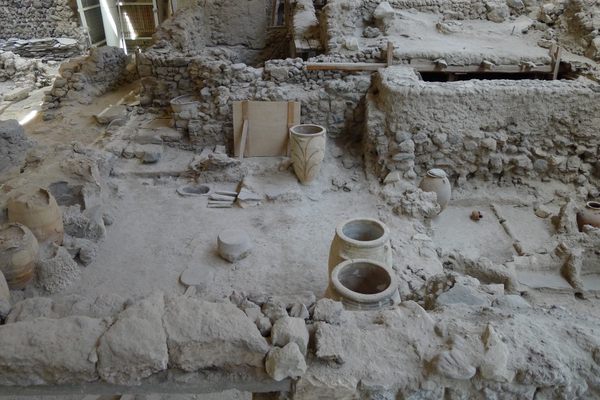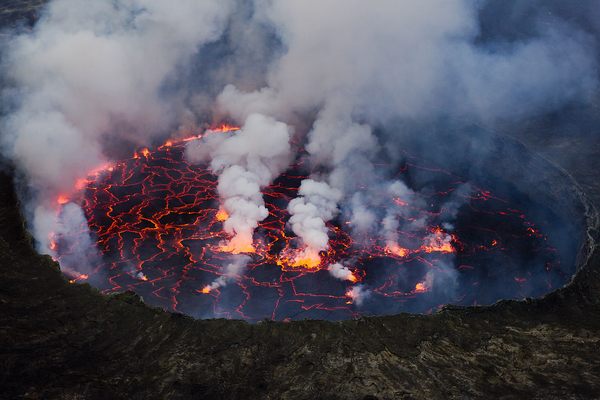How Massive Volcanic Activity Billions of Years Ago Changed The Moon’s Tilt
Earth’s only natural satellite was once a much hotter place.

(Photo: NASA/GSFC/Arizona State University/Public Domain)
Three and a half billion years ago, if you looked up at the Moon, you might have seen something interesting: swaths of dark basalt on the surface, the result of volcanic activity in the Moon’s interior that, scientists now say, probably altered its tilt.
That alteration could have been as much as 5.5 degrees, meaning the Moon once spun at a significantly different angle than its current tilt, which is 1.54 degrees.
This finding, published Wednesday in the journal Nature, sheds new light on the Moon’s past, and suggests that it wasn’t always the relatively inert and stable natural satellite we now consider it.
To get to their conclusion, scientists studied a map of hydrogen deposits on the Moon’s surface, theorizing that some of them were the sites of the ancient Moon’s north and south poles.
But volcanic activity beneath the moon’s surface changed the density of the orb, resulting in today’s lunar poles.
“It is like taking a football and removing a chunk out of one side—that would change how the football would spin in the air,” James Tuttle Keane, one of the co-authors of the study, told the Guardian.
One way to possibly find out for sure? Positively confirming that ice lies beneath. NASA has proposed a mission to do just that, with 2018 as the target launch date.





















Follow us on Twitter to get the latest on the world's hidden wonders.
Like us on Facebook to get the latest on the world's hidden wonders.
Follow us on Twitter Like us on Facebook